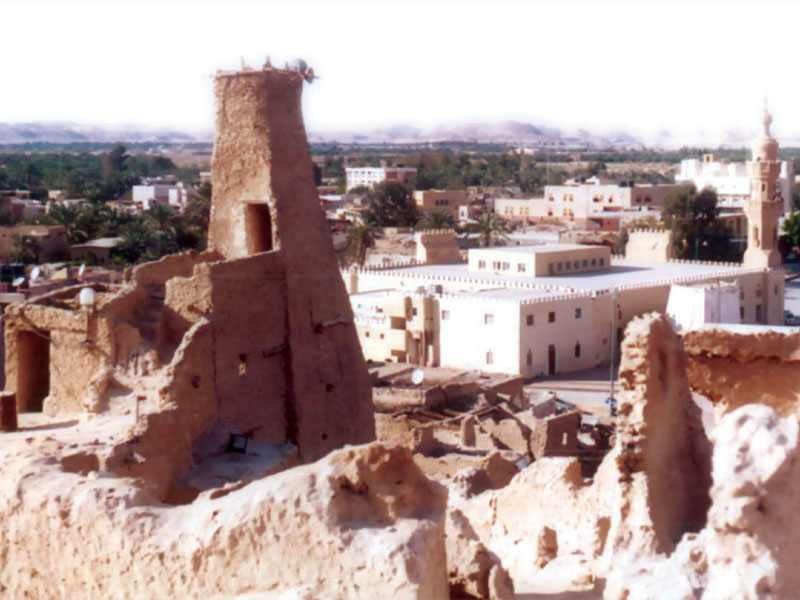The Oral Remains in the writing world: A study of the folktale in Sewah Oasis
Issue 10

Ibrahim Abd-Alhafiz (Egypt)
However, diversity of contexts usually generates diversity of texts according to Paul Zumthor. Possibly, tracing the change in the content of folk genres, when these genres are applied or reproduced, is one of the most difficult issues. The difficulty lies in deciphering the dynamic of the process exists in the relation between what is traditional and what is applied in literacy. The terminology “tradition” has been always linked with the concept of consistency according to the value content which is identical with broader referential frames. Such frames have dominated the social thinking of the peasants and primitive people, hence making them conservative. Consequently, those people usually organized what could be called (the league of traditions). This organization has the ability of resisting change. On the other hand, what is applied in writing is seen as absolutely redeemed of traditions though it is based on these traditions. The researcher elaborates on two experiments applied the Egyptian folklore. The first is, Said the Narrator, edited by Hala Kamal. The second is an anthology of folktales collected from Sewah and applied by the French-German centre. The folktales studied by the researcher have the title The Desert Folktales: The past and the Present. A few studies have touched upon the topic of application. For instance, the writings of Said Yahgtin which study the novel and the narration heritage. The other example is a study deals with the comparison between Sira-al-Hillalyya written the poet Fathi Suliman and the novel of Fatih Ombabi, Marraie al Qatle, Marches of Killing. The terminology the oral remain which the research tries to examine is coined by Walter Ong in his book Orality and Literacy. In this book Ong deals with the most significant oral characteristics remain in the domain of literacy after the discovery of writing. Referring to these characteristic, Ong aims to cover more literacy genres. He also tries to examine the oral remain studying only one oral genre, the folktale, in Sewah, one of the Oasis of Western Egyptian Desert. From Sewah he collected oral narration during the year 2007. Some of these folktales have been published in a booklet issued by the French-German center as a part of a project of narration, implemented in the same year. The researcher concentrates on the texts narrated in Arabic dialect. Such a dialect is generally diminishing as a result of the spread of education, mass media and tourism. It should be mentioned that some of the tourists used to stay in Sewah so as to learn the dialect. The researcher also tries to trace the transformation of the texts through analyzing the style of oral narration of one of the narrators. This style is compared with the style of a text written down by a female writer who applied Sewah folktales. The researcher observes the following points:
1) The context is transformed from the nocturnal to the T.V or daily in an artificial context.
2) The function of the folktale is transformed from entertainment and education in the oral context to a mockery or imposing ideological aspects in the literary context.
3) The discovery of some techniques in the oral and literal narrations according to the comparison between the two tales.
4) The structure of the folktales and the messages embodied in some of their texts.


































































